
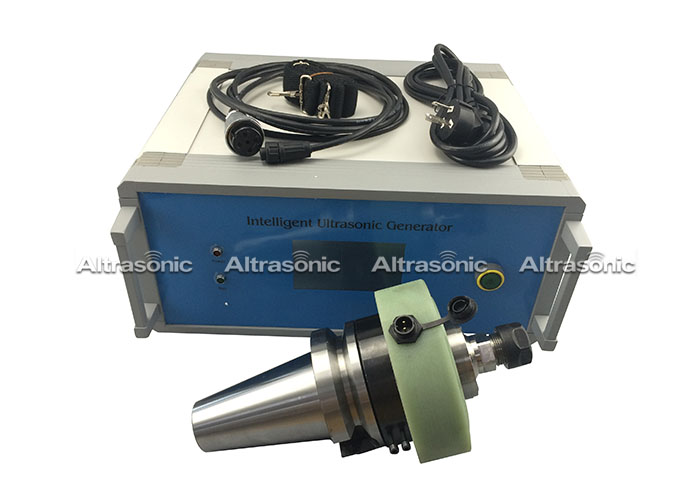
Definition: Ultrasonic Machining is a non-traditional process, in which abrasives contained in a slurry are driven against the work by a tool oscillating at low amplitude (25-100 microns) and high frequency (15-30 kHz). Process: Ultrasonic machining is a mechanical type non-traditional machining process. It is employed to machine hard and brittle materials (both electrically conducti...
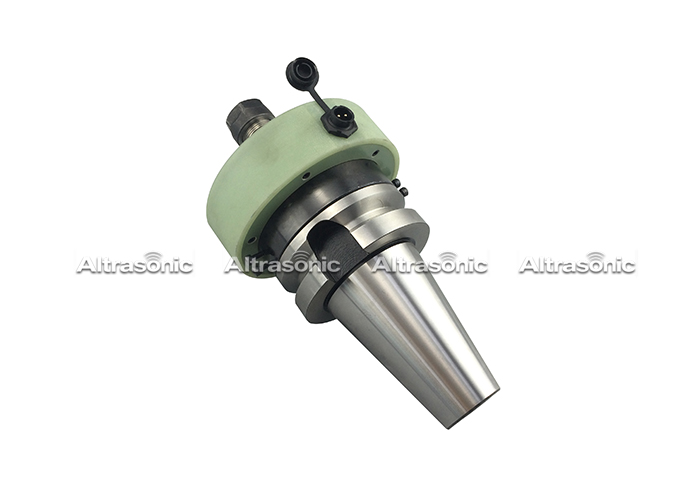
Process capability 1. Can Machine work piece harder than 40 HRC to 60 HRC like carbides, ceramics, tungsten glass that cannot be machined by conventional methods 2. Tolerance range 7 micron to 25 microns 3. Holes up to 76 micron have been drilled hole depth upto 51mm have been achieved easily. Hole depth of 152mm deep is achieved by special flushing techniques. 4. Aspect ratio 40:1 has been...
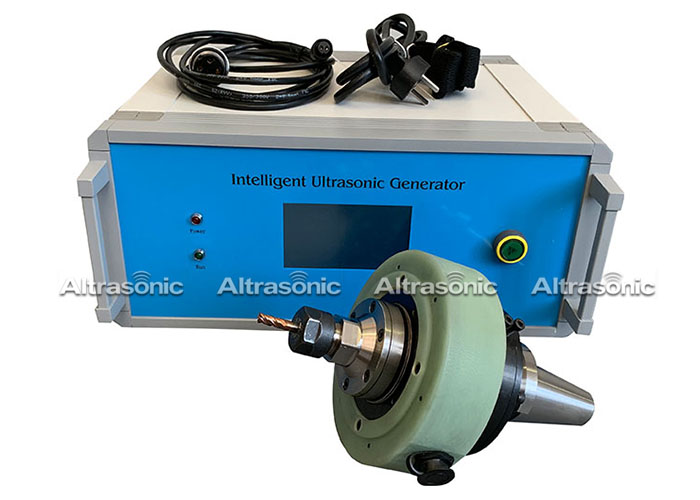
Tighten the set-screw in the cone. Clean the contact surface on both sides, transducer-cone and horn. Apply a drop of machine oil on both sides. Screw the horn onto the transducer-cone and tighten it with the provided tools. Set-up and adjusting of the feed-tray (The water thank is not supplied) Position the feed-tray with a proper inclination. Adjust the water-dripping device...

High power sine wave generator This unit converts low frequency (60 Hz) electrical power to high frequency (20kHz) electrical power. Transducer The high frequency electrical signal is transmitted to traducer which converts it into high frequency low amplitude vibration. Essentially transducer converts electrical energy to mechanical vibration. There are two types of transducer used 1...
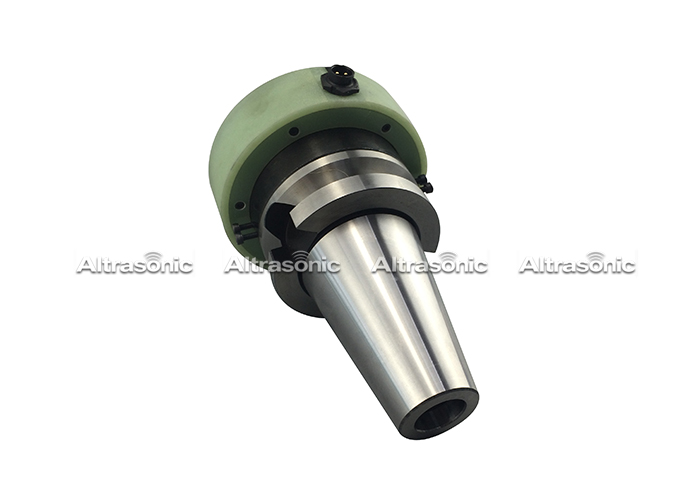
Ultrasonic machining is a machining method developed in recent decades, which makes up for the shortcomings of EDM and electrochemical machining. EDM and electrochemical machining generally can only process conductive materials, not non-conductive non-metallic materials. Ultrasonic processing can not only process hard and brittle metal materials, but also is more suitable for processing non...
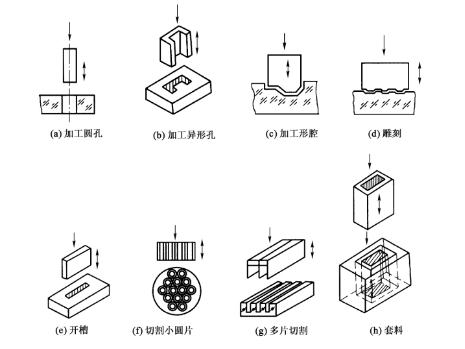
Principle Acoustic waves with a frequency exceeding 16000 Hz are called ultrasonic waves. Ultrasonic processing is a processing method that uses tools to vibrate at ultrasonic frequency and impact and polish the workpiece through abrasive particles. During processing, the tool acts on the workpiece with a certain pressure, the abrasive liquid is fed into the processing area, and the end fac...
Different ultrasonic cutting processes The main role of the ultrasonic cutting process is to separate the connected components. The high frequency vibration per second can reduce the pressure on the item to be cut. This results in a neat and clean cutting surface. In practical applications, it is divided into two processes, separated welding and cutting. Separation welding Ultrasonic...
Ultrasonic cutting uses ultrasonic energy to cut objects. An electric pulse is sent through the cutter, creating microscopic vibrations in the blade. These vibrations are so small they cannot be seen or felt. The energy from the vibrations slices through an object with very little pressure required. Ultrasonic cutter vibrates its blade 20,000 – 40,000 times per second (20 – 40 kHz). ...
Categories
New Products
© Copyright: 2025 Hangzhou Altrasonic Technology Co.,Ltd All Rights Reserved

IPv6 network supported
Scan to WhatsApp
